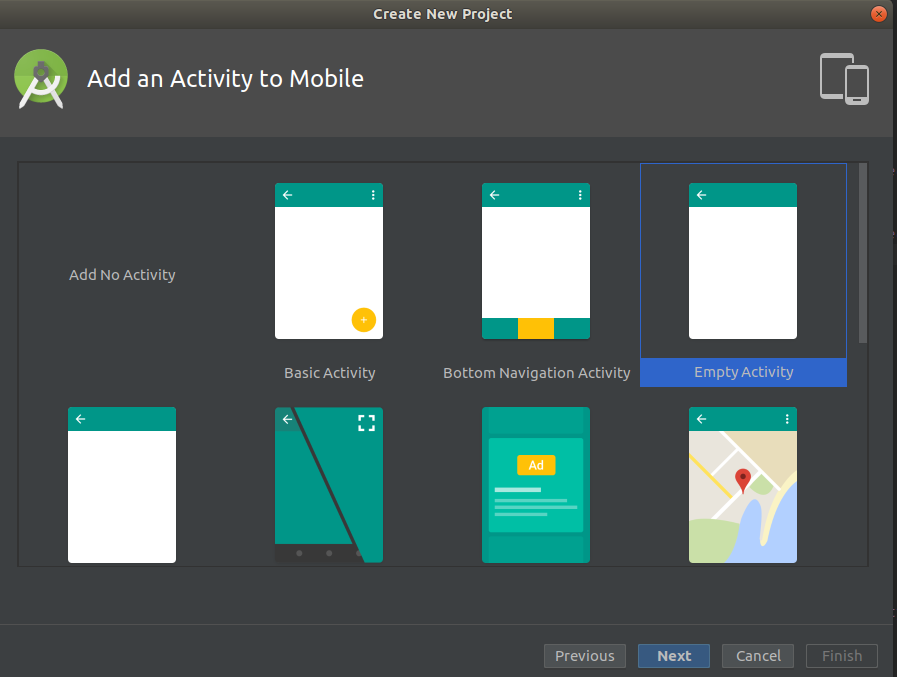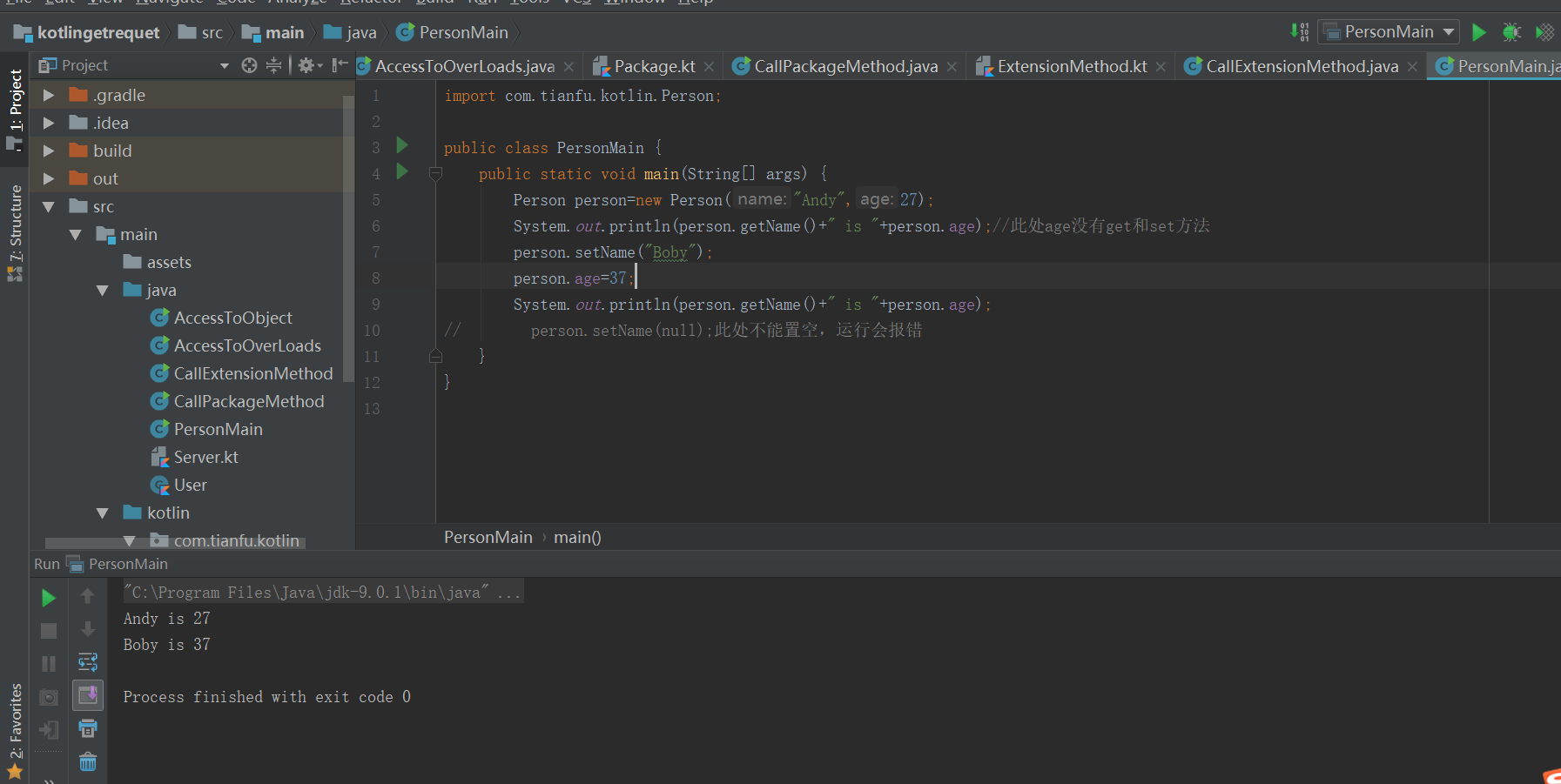
Kotlin allows for smart typing, sometimes called implicit typing, where it automatically detects the data type of a variable without explicit tagging. Kotlin offers immutable (read-only) data types for functional programming Variables in Kotlin are very similar to variables in Java except: You can define Kotlin variables using either the var or val keywords. In fact, it was ranked 4th fastest growing language in 2020 in Github’s yearly report, with and many more reporting implementations of Kotlin developers. Modern companies are particularly interested in Kotlin’s versatility because developers can use the same language for any project the company needs.Īs agile development becomes more prevalent, companies like Google, Amazon, Netflix, Uber have started hiring Kotlin developers. Kotlin code can transpile to JavaScript or Java bytecode for use on the Java Virtual Machine (JVM) or Android development. Kotlin is unique because it is completely interoperable with Java code, meaning you can use existing Java libraries or frameworks. Kotlin is mainly used for Android app development or front-end development with frameworks like React. The goal of Kotlin is to be an easier-to-use, more concise language for any type of project. Kotlin is an open-source, statically typed programming language developed by Jetbrains, which is famous for creating the IntelliJ IDEA IDE. Get right to what you need without wasting time on programming fundamentals you already know. Today, we’ll help you transition to this new language by highlighting the differences and syntax of each fundamental Kotlin concept. Now, more and more companies are looking for Kotlin developers. In fact, Google announced in 2017 that it would officially support Kotlin, rather than Java, as the main language for Android development.

While once a niche language, Kotlin is quickly growing and has many companies switching from Java to Kotlin. In your project level adle, add the Kotlin dependency.Kotlin is a rising programming language that aims to address the flaws of Java and be more seamlessly tied with the adaptable needs of the modern world.

So to add it, you'll need to add some dependencies. It's a fancy library, with a lot of features and an accompanying IntelliJ/Android Studio plugin, but it's a library. JetBrains, the company behind the language, has a handy FAQ for this. Before we get started though, you may want to familiarize yourself a bit on how Kotlin works, if you haven't done so already. It also assumes you're using Android Studio. This tutorial is going to go over how you can add Kotlin to an existing Android project that's made in Java. The code might end up looking a little messy if you try to use more advanced features, but it's possible. Meaning, you can access Kotlin APIs from Java. That compatibility works the other way around, too.


 0 kommentar(er)
0 kommentar(er)
